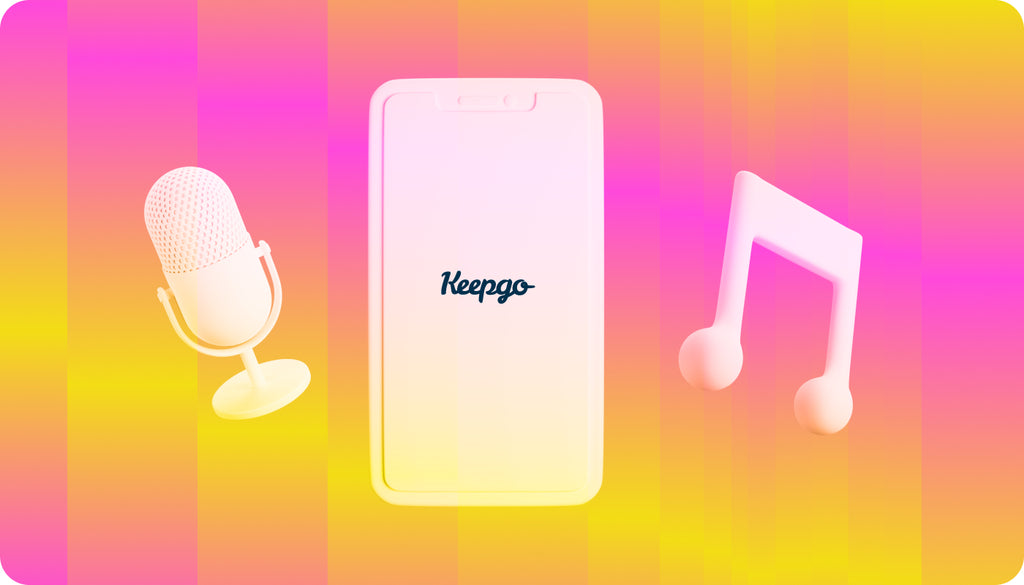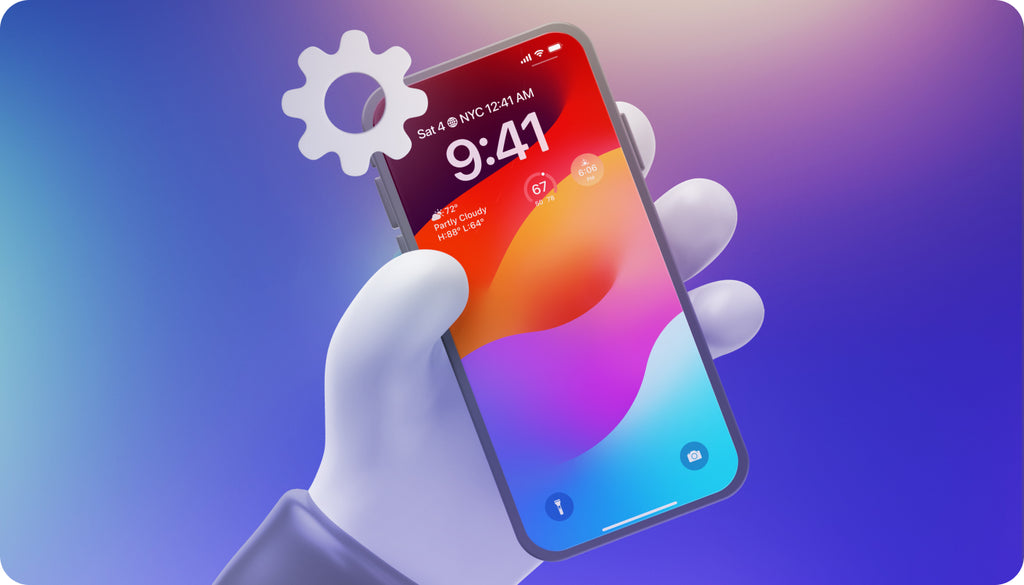How 5G Will Change Our Life
5G will transform the world, changing how we live, work, learn, and play. In the nearest future, 5G will create an ecosystem where everyone is connected to everything. How will 5G change things? What to expect from the next phone generation? How expensive will it be? Let’s find out!
A little bit of history first
First, let’s ask a crucial question - why 5G? Each of the previous generations has brought us its own share of evolutions.
- 1G has brought us voice. It enabled analog telecommunications in 1979.
- 2G brought us text messages in early 1991.
- 3G enabled basic mobile computing and wireless internet connection available in 1998.
- 4G brought us Cloud, IP telephony, higher speeds, and zillions of apps to help us work and play while we're using our phones. It was launched in 2008.
5G is expected to be a real revolution, bringing us speeds 20 times faster than 4G, latency times reduced to the narrower portion and minimal energy consumption. China and South Korea now lead to the development and rollout of 5G. But in the United States of America, 5G is now in more than 2 dozen cities - from Atlanta and Detroit to Indianapolis and Washington, D.C.
What is 5G
5G is the next evolution of mobile phone networks. Over the last two decades, we have seen the launch of 3G and 4G networks. Now the time for 5G has come.
5G is built on top of 4G. This is a wireless network that is expected to bring higher speeds for end-users. 5G also has the capacity to connect with billions of devices like driverless cars that will be connected to the Internet in the nearest future. According to Ericsson predictions, there will be over 1.5 billion of 5G users by 2024.
5th generation wireless systems will transform the Internet. To work properly, 5G is based on three main technologies:
- Enhanced Mobile Broadband, which end users need to download very high-quality movies in a matter of seconds.
- Ultra-Reliable and Low Latency Communications technology, which allows 5G to have an ultra-low-latency time while still remaining ultra-reliable.
- Massive Machine-Type Communications allow having a higher density of objects in 5G.
Why do we need 5G?
Key drivers for 5G deployment include increased network capacity, lower cost per gigabyte and new use case requirements. There are many benefits that the global launch of 5G technology can bring us. Some of them include:
- 4G has always been about getting data for streaming videos and listening to music. With 5G, you can transmit video and audio content instantly over long distances.
- 5G makes online gaming experience real.
- It connects more devices faster.
- Thanks to the 20 times faster speeds, 5G enables manufacturers to deliver faster over-the-air updates and make a quicker diagnosis of performance issues.
- 5G network also allows the communication between autonomous cars remotely, a connected traffic infrastructure, and remote factories working without local intervention.
- 5G can promote smart cities by establishing a connection between sensor networks that can manage traffic and quickly determine streetlight.
- High-speed 5G connections enable remote surgeries to be performed.
- Factories can use robots that communicate with each other wirelessly over a 5G network.
How expensive 5G is in the USA
The present-day smartphones do not have new network technologies that support 5G. To use faster speeds on your cellular device, you will need to get a new smartphone that supports 5G.
In the US, the largest cellular providers - like AT&T and T-Mobile - are getting ready for the launch of 5G or are already offering services in a handful of networks.
For example, the cost of Samsung’s Galaxy Note 10 Plus 5G makes up about $1300. When 5G comes into existence, there will be more smartphones supporting the 5G technology and the prices should drop.
- Galaxy Note 10 Plus 5G is available on AT&T for $1299. You can pay off the phone over 30 months with payments of $43.34 a month. This 6.8-inch phone will work on AT&T's new 5G network, and it offers many of the same features as the regular Note 10 Plus.
- There is a different option available for AT&T customers. Galaxy S20, Galaxy S20 Plus, and Galaxy S20 Ultra offer 5G compatibility. The $999 S20 works on AT&T's low-band network, while the $1,199 S20 Plus and $1,399 are compatible with AT&T's entire spectrum of 5G coverage.
T-Mobile initially sold just the Galaxy S10 5G, but the cellular company has added three more 5G phones to its arsenal, with the Galaxy S20, S20 Plus, and S20 Ultra. The prices start at $999 Galaxy S20.
When will 5G be here?
The answer depends on your location. Counties like the UK, South Korea, and China already have the 5G network up and running in certain cities. In the US, there are also some small testing locations being set up. Some of them are already reporting speeds of 1,400 megabits per second, which is 10-15 times faster than 4G. When the 5G network launches all over the country, it’s predicted to reach speeds up to 20 times faster than 4G.
In the US, the progress is made daily for the launch of 5G nationwide:
- AT&T launches mobile 5G for customers in several cities; nationwide coverage expected in the first half of 2020.
- T-Mobile made commercial 5G service available in more than 5,000 cities and towns.
- Sprint launched Mobile 5G in Atlanta, Chicago, Dallas-Fort Worth, Houston, Kansas City, Phoenix, Los Angeles, New York City, and Washington, D.C.
- U.S. Cellular made 5G available in parts of Iowa and Wisconsin.
- Verizon made 5G available in several areas.
Final words
We are anxiously waiting for the 5G network to be launched worldwide to start delivering faster connectivity services to Keepgo customers using the best cellular networks in the US, Europe, and worldwide.
Are you waiting for the 5G launch as much as we do? How do you think it will change your life for good? Feel free to share your reflections with us in the comments.




